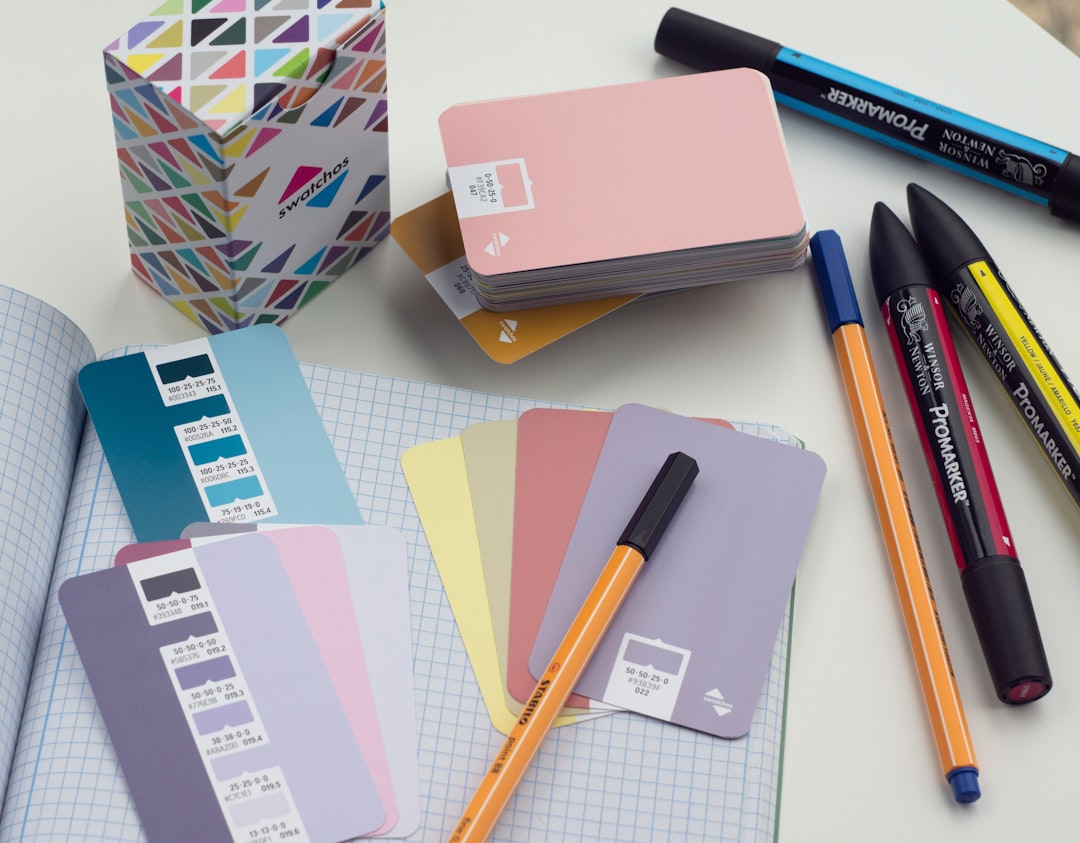One of the most overlooked aspects of onboarding employees is aligning them with the brand – not just understanding what the company does, but embodying how it presents itself to the world. Employees are the human face of your brand, and their grasp of core visuals like your logo can mean the difference between brand inconsistency and brand excellence. Welcome to the concept of Logo Onboarding – a streamlined method to get new hires visually and culturally aligned in just one day.
TL;DR
Logo Onboarding is the process of rapidly aligning new employees with a company’s visual brand identity, especially focusing on logos, colors, and consistent message delivery. In one focused day, new hires learn how to use, interpret, and respect core brand elements, dramatically reducing rookie branding mistakes. It’s not just aesthetic – it’s a foundational element of building internal brand culture. A well-executed logo onboarding program empowers every employee to become a brand champion from day one.
Why Logo Onboarding Matters More Than You Think
In the race to get new hires up and running, branding is often a second-tier priority – treated as a few slides buried deep in the HR deck. But branding is your company’s identity. When new hires misapply your logo, alter brand colors, or create bootleg PowerPoints using outdated templates, it chips away at consistency and professionalism.
Here’s what’s at stake when logo onboarding is ignored:
- Brand dilution: Inconsistent visuals weaken audience recognition and trust.
- Internal confusion: Mixed brand messages create an incoherent employee experience.
- Wasted resources: Marketing teams spend time fixing errors instead of driving strategy.
Now, imagine the opposite – a workforce that understands, respects, and champions your brand from day one.
The New Hire’s Journey: From Welcome Email to Brand Ambassador within 24 Hours
The first 24 hours of onboarding are critical. New hires are absorbing everything – tools, people, office vibes… and brand cues. With an intentional Logo Onboarding plan, you can leverage that energy and embed your branding DNA early and effectively.
Here’s what a day-one brand onboarding experience might look like, broken into strategic steps:
Step 1: Welcome Kit with Brand Personality
Start with a tactile and visual introduction. The welcome kit should not only be useful but immediately communicate your visual identity. Think branded notebooks, T-shirts, mugs, and mood cards that reflect the company’s color palette and typography.

Pro tip: Include a simplified printed “Brand Decoder” guide—a quickstart reference to logo usage, color schemes, and dos and don’ts.
Step 2: The 30-Minute Visual Identity Deep Dive
Every new hire, regardless of department, should attend a short but potent session on the brand. This is not your standard PowerPoint slog – it should be dynamic, visual, and interactive.
What to cover:
- Brand story: Where the logo came from, what it symbolizes.
- Logo anatomy: Variations, white space requirements, and misuse examples.
- Color psychology: Explain the intentional use of brand colors and how they shape perception.
- Typography rules: When and where to use specific typefaces and why it matters.
Wrap it up with a quick Brand Quiz to reinforce knowledge and break the ice. Give out small perks like custom laptop stickers for correct answers to encourage engagement.
Step 3: Brand Sandbox Play Area
Provide access to a digital sandbox — a secured folder or microsite where employees can “play” with brand templates risk-free. Think email signature builders, downloadable PowerPoint decks, mock social media visuals, and editable templates.
This builds:
- Brand fluency: Employees learn by doing.
- Confidence in communication: No second-guessing how to present the brand.

Step 4: Real-World Brand Mission Challenge
To make it stick, end day one with a collaborative task. Ask small teams to quickly brainstorm a mini internal campaign centered around core brand values. It could be an internal email announcement design or a poster for an imaginary event. Encourage creative application of the logo, colors, and tone.
Bonus benefit: You get to spot future brand ambassadors by seeing who gets genuinely excited about brand expression.
How to Measure the Success of Logo Onboarding
A good onboarding program has metrics. Logo Onboarding is no different. Here’s what to track:
- Brand Consistency Score: Monitor how often internal documents or emails meet brand standards.
- Design Support Requests: Fewer requests for “logo fixes” is a good sign the team is confident.
- Engagement During Onboarding: Track participation in branding activities and quizzes.
- Internal Survey Scores: Ask: “Do you feel confident representing our brand visually?”
Benchmarks over time will help craft a stronger, data-informed program. Tie improvements in brand usage to broader employee experience KPIs.
What to Avoid: Common Mistakes in Brand Onboarding
Even the best intentions can fall flat. Here are a few pitfalls to watch for:
- Information overload: Don’t throw a 60-page brand guideline PDF at new hires and expect retention. Start small and expand.
- Assuming non-designers don’t need branding: Every employee represents your brand, not just marketers.
- Neglecting follow-up: Reinforce brand education with monthly brand tips or refresher micro-courses to keep things top of mind.
Case Study: The Power of One-Day Alignment
Consider the example of a fast-scaling SaaS company that implemented Logo Onboarding for all new employees as part of its day-one immersion. Within three months, they saw:
- Brand asset request errors drop by 60%
- Employee satisfaction with brand materials rise by 40%
- More than 70% of employees voluntarily using branded templates in external communications
The cultural shift was equally striking: new hires tweeted about their branded welcome kits, designers spent less time editing others’ work, and even the finance team started using cohesive branded decks.

The Takeaway: Fast-Track Loyalty Through Brand Clarity
Logo Onboarding is about more than just logos. It’s about creating a brand culture that people are proud to belong to. When everyone — from engineers to accountants — understands and embraces your visual identity, your brand becomes more than an asset; it becomes a shared language.
With just one focused, intentional day, your new hires can go from “What’s the logo file again?” to “Let me show you how it’s supposed to look.” That’s the power of a great onboarding experience that puts brand at the center.
Now, ask yourself:
If every employee is an ambassador, what brand are they actually representing? Make sure it’s the one you’ve worked so hard to build.
